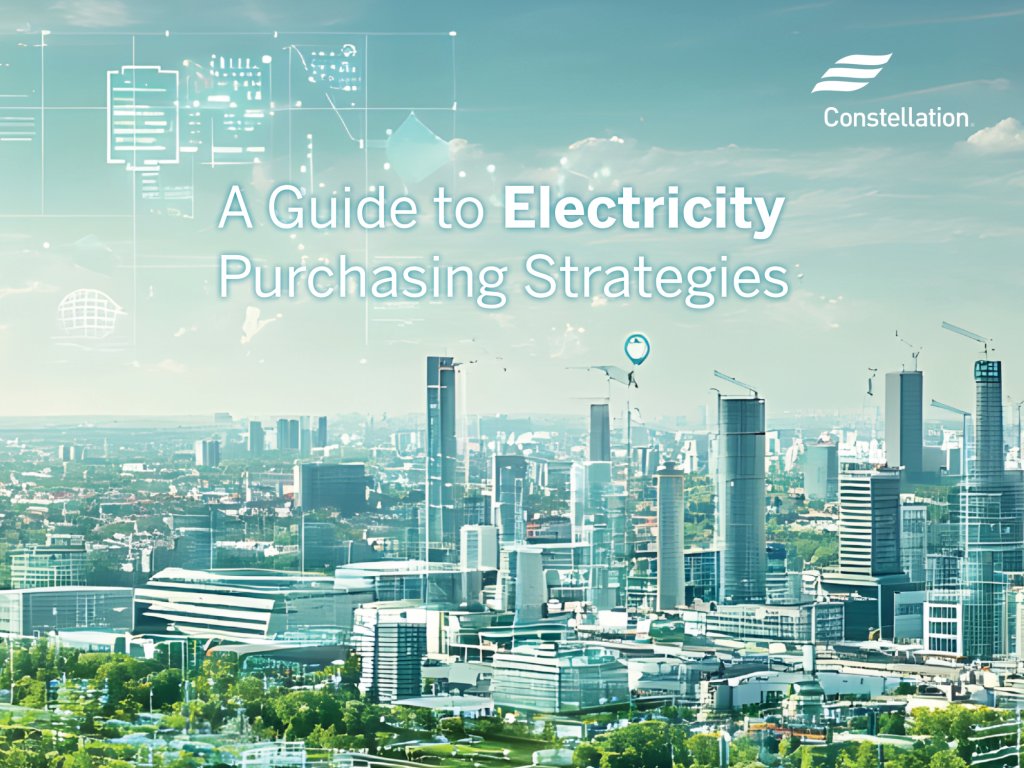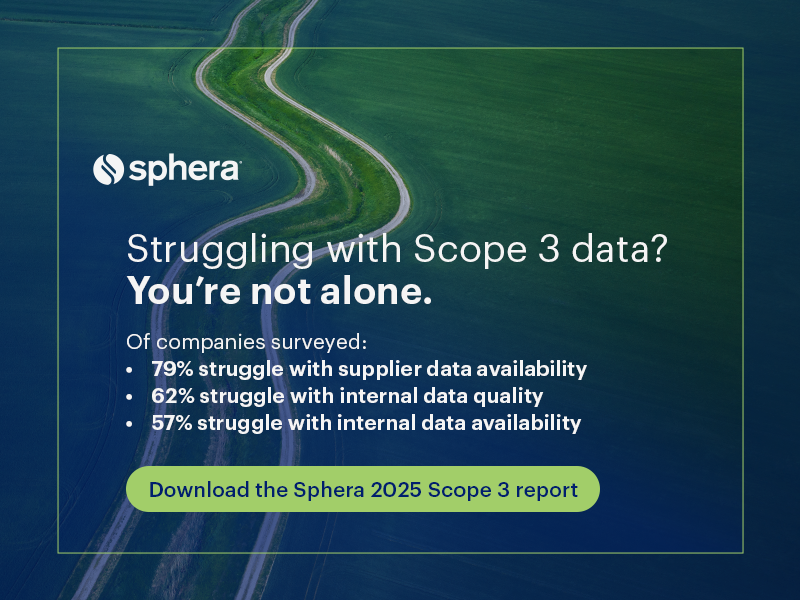What Every Business Should Know About Climate Change
Climate change will affect your business. Here are four key things you need to know to plan for it. By Joel Levin
If planning for the future is an important part of your business, then you need to be aware of the ways in which climate change may affect the way you do business. There are four key things that you need to know. Depending on the business you are in, the impact on you may be significant or quite minor, but the time to plan for it is now.
- Climate change will affect your business. The scientific consensus is that the globe is heating up and that it is at least partly caused by human activity. Visit the Intergovernmental Panel on Climate Change Web site if you want to learn about the scientific basis for this conclusion. Moreover, surveys consistently show a high level of public interest in this issue. A recent survey showed that three in four Californians want action now to reduce emissions of the gases that cause climate change. (Public Policy Institute of California, July 2003) In fact, a survey of legislative activity at the state and federal levels shows a clearly accelerating trend towards decisive policy in this area. So climate policies are coming.
- If your business has significant direct emissions of greenhouse gases, as a first step, you will be asked to develop an inventory of your emissions. There are six greenhouse gases (GHG). The most common by far is carbon dioxide (CO2). If you make or use electricity, operate vehicles, or have boilers or other combustion services, you are creating CO2.
Inventorying is an important first step. Because GHGs come from so many sources, it is not as simple as you think to get a clear picture of your emissions. Without an inventory, it is impossible to know the scope of your emissions, think about managing them, or understand how easy or difficult it will be to reduce them.
While you may eventually be asked to inventory your GHG emissions, this does not mean that you will be regulated. It much more likely that you will be getting inquiries in the near term from shareholders, customers, and the communities where you do business about whether you inventory and manage your GHG emissions. Many companies are responding by developing inventories and making them publicly available. (For one good example, you can visit BP’s Web site. It is likely that within a few years, it will be considered a standard good business practice in some industries to develop a GHG inventory, whether or not it is mandated by regulation.
- If you inventory your GHG emissions, you should make it credible. Imagine a company that came up with its own accounting rules to construct its financial statements — instead of GAAP. Imagine also that it self-certified its compliance with those rules. Few people outside of the company would give its financial statements much credibility. If you care how people respond to your GHG data, make it credible. There are two important aspects to this: registration and certification. When you enter your data in a registry, it must be structured according to the registry’s protocol. This makes it consistent with all of the other organizations using that registry, enabling users to compare data among different organizations. If every organization gathers its data differently, using different emissions factors, then the data is somewhat meaningless.
In order to ensure that your data are accurate and in compliance with the protocol, it should be certified by a third party, according to a certification protocol defined by the registry. The California Climate Action Registry is currently the only U.S. registry that has detailed protocols for registration along with required certification and is thus widely considered the gold standard in the field. It accepts data for all U.S. operations — not just those in California. A number of other states are also preparing to adopt the California standard.
- Reducing your GHG emissions will probably also save you money. GHG emissions are closely tied to energy use. When you inventory your GHG emissions, you are also painting a comprehensive picture of your energy use. If you have never done this before, you are almost certain to find easy areas where you can save energy and save money. Many investments in energy efficient lighting, HVAC and other equipment have very short payback periods.
The state of California also stands behind the data in the California Climate Action Registry. If your data show reductions over time, the state will use its best efforts to ensure that you get credit for your reductions under any future regulatory regime — state, federal, or international. You may also be able to sell your reductions as credits to other users. If you are making significant investments in energy efficiency, this could be a substantial amount of money.
——-
Joel Levin is vice president for business development at the California Climate Action Registry.









